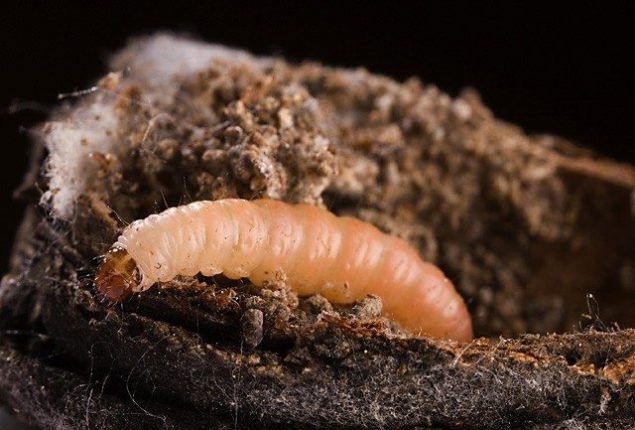Native pests feed on various types of nuts and fruits, including almonds, pistachios, and citrus fruits. It affects the quality and taste of nuts and fruits, causing decay. It not only affects the quality but also affects economic return. The damage caused by the worm reduces yield and unmarketable fruit and nuts. Navel orange worms are reddish-orange, but once mature, become cream in color. They feed on the heterogeneity of fruits and nuts and are more damaging in pistachio, almonds, walnuts, and even pomegranates. The damage caused by the worm can be known as the pin-sized hole on the nutshells or the fruits. The worm feeds on the surface of citrus fruit, causing it scarring and helping the bacteria to enter inside the fruit. It will tremendously affect the sweet and sour taste of the fruits that are not preferable for eating.
Navel Orange Worm Life Cycle
The life cycle of navel oranges includes different stages. The larvae hatch from the eggs after 4 to 25 days, depending on the weather and environmental conditions. Larvae develop a cocoon. A cocoon is a silky web spun around the larvae of many insects. Then it converts into an adult.
Winter favors the growth of these worms. If the weather conditions are favorable, they can remain active all year. The adult moths can fly up to 375 to 425 meters to search for a new host they are quite capable of spreading. The navel worms are hardly visible because they hide inside the nutshell. The crops and the plants are mainly affected during the fruiting stage, as the pest and bacteria feed on overripe fruits and nuts. So, proper care is a need in this period.
Navel Orange Worm Identification
Navel orange has a brown crescent-shaped marking behind the head capsule. They are reddish-orange when premature. In this way, they can be seen and identified. The adult worm gets off white or cream color with a brownish head. Adult navel worms are silver-gray marked. They also have black, irregular lines on their body. The pair of labial palps are prominent at the front of the head, which allows them easy identification among other orchid types.
The navel orange is a primary pest of almonds in California and is found in different agricultural areas. Like other pests, they are also hazardous for plants and crops, especially for almonds, pistachios, walnuts, and citrus fruits. It is a toxic worm as it infects the nuts and fruits, destroying its taste and quality.
Navel Orange Worm Eggs
The eggs of the navel worm are tiny, oval, and flattened. They are initially white or off-white but turn pink after a few days. Before hatching, which takes 4 to 25 days depending on the weather and temperature conditions, they turn reddish-brown. The life cycle of the navel worm goes through different stages from eggs to their hatching, from larvae to cocoon, and then the development of an adult moth. The adult moths know to fly to feed on the new host and easily be spread within an orchard. The adult worm now feeds on nuts like almonds, pistachios, walnuts, and citrus fruits.
Navel Orange Worm Control
The crops and plants in the cultivation fields need to fertilize regularly for protection from pests and insects. Removing the unharvested nuts and fruits in the winter and fall seasons can manage the worm’s harmful effects. During the fruiting stage, plants and crops are mainly affected by pests and insects. So absolute care is a need in this stage. Proper fertilizing is necessary to protect the plant from being infected. Monitoring the growth of fruit-laying plants has much importance. Proper harvesting, fertilizing, and watering are essential for the development of a healthy plant. The pests, insects, and worms can be controlled by fertilizing and monitoring. Nearly all the pistachio and other nuts should spray after every one month before harvesting.
This would control the growth of unwanted insects, pests, and worms, especially the navel orange worm. The development of such worms drastically destroys the taste of nuts and fruits. This growth does affect not only the quality but also the economy of the states.
Mating disruption is a relatively new technique to control the navel orange worm. It aims to disrupt chemical communication by organisms and interpret matting behavior by dispensing sex phenomes (odors produced by males or females). Therefore, it affects the chance of reproduction. Mating disruption has been the most successful practical approach for pest and insect control over the few decades.



